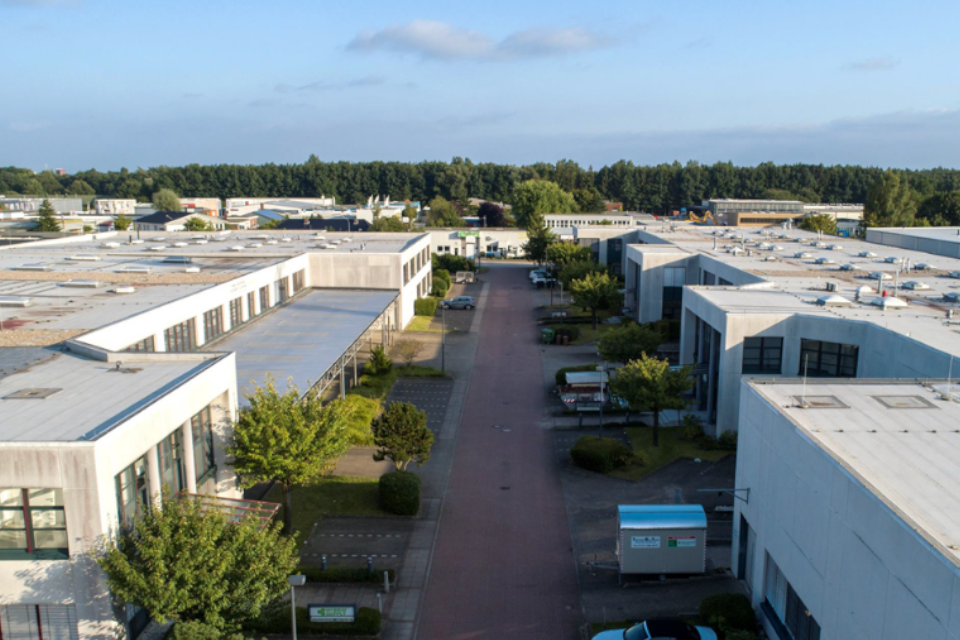Lower inflation gives homeowners hope for an interest rate cut, but what is keeping the rate so high?
Consumers and homeowners are anxiously awaiting an interest rate cut. The repo rate is 8.25%, and the prime interest rate 11.75%. It has remained unchanged at a 15-year high since mid-2023.
Samuel Seeff, chairman of the Seeff Property Group, says the interest rate has been too high for too long, and has had a dampening effect on the economy and property market. Disappointingly, Reserve Bank Governor, Lesetja Kganyago recently signalled that the rate cutting cycle will be delayed given that inflation appears to remain stubbornly high.
The news that inflation has dropped to 5.3% (from 5.6% in February), however, brings renewed hope that the rate cutting cycle may still take effect soon. Seeff says the high interest rate has had a dampening effect on the property market, especially in the mid-market and lower price bands.
The prime interest rate is about 1.75% higher compared to the start of 2020 before the onset of the Covid-pandemic. This is impacting affordability for property buyers who are also hit by higher living costs and slow wage growth. Deeds Office transaction volumes for 2023 compared to 2022 are down by about 20%, and the overall Rand-value IS down by about 14%.
It is also not just South Africa which is grappling with a higher than usual interest rate. Prime markets such as the UK, Euro, and USA are all battling with higher interest rates due to geo-political impacts. Contrary to expectation, the US Fed recently signalled that they too are not yet ready to cut interest rates.
Understanding South Africa's Interest Rate Dynamics: Factors, Trends, and Future Prospects
Interest rates in South Africa are influenced by two key factors: the repo rate set by the South African Reserve Bank (SARB) and the prime interest rate determined by commercial banks. The repo rate, currently at 4.25%, serves as the benchmark for lending between the SARB and commercial banks, while the prime rate, typically slightly higher, affects consumer borrowing costs.
Historically, interest rates have fluctuated significantly. During the Covid-19 pandemic, the repo rate reached its lowest level in 30 years at 3.5%, stimulating property sales and prices. Conversely, in the late 1990s, rates peaked at 24.5%, and in the 2000s, they averaged around 12%.
The SARB's primary mandate is to maintain currency stability and sustainable economic growth. It utilizes interest rates to manage inflation, aiming to keep it within a target range of 3%-6%. Higher inflation often prompts higher interest rates to curb excessive spending.
The Monetary Policy Committee convenes every two months to evaluate economic indicators and determine whether to adjust the repo rate. However, unexpected events, like the Covid-19 pandemic, can prompt ad-hoc rate changes.
Currently, inflation stands at 5.3%, nearing the upper target range, complicating rate decisions. While a rate cut is anticipated to stimulate economic growth, concerns persist that it may exacerbate inflationary pressures.
As we await the next rate announcement, the property market remains active, with favorable conditions for buyers. A potential rate cut could provide a significant boost to market activity, spurring further growth.
In summary, South Africa's interest rate environment is influenced by a complex interplay of economic factors, and any rate adjustments can have far-reaching implications for consumers and the broader economy.






.avif)

.avif)


.avif)

.avif)




.svg)


.avif)

.avif)







%20.avif)








.avif)
%20.avif)
